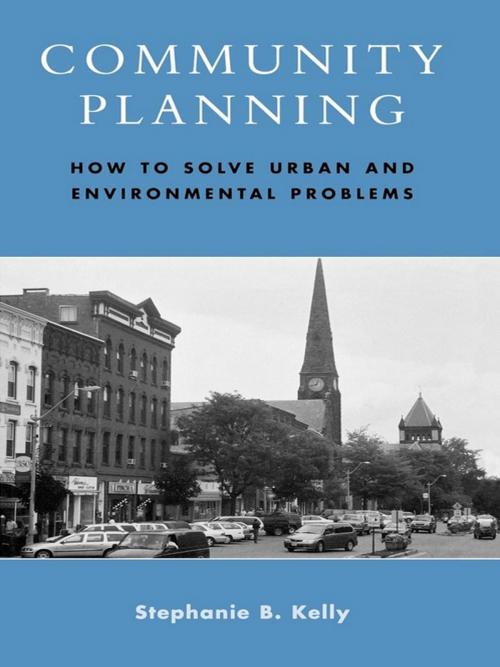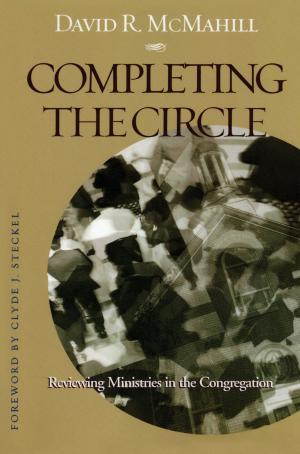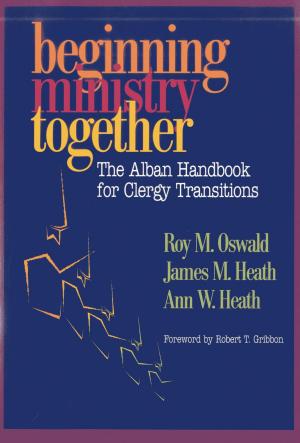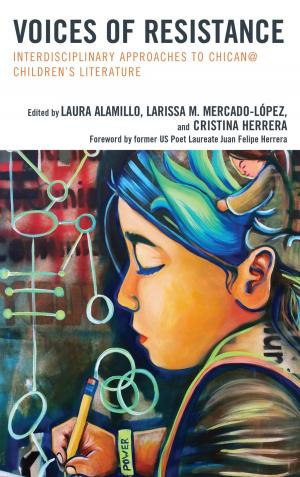Community Planning
How to Solve Urban and Environmental Problems
Nonfiction, Art & Architecture, Architecture, Planning| Author: | Stephanie B. Kelly | ISBN: | 9780742574489 |
| Publisher: | Rowman & Littlefield Publishers | Publication: | October 17, 2004 |
| Imprint: | Rowman & Littlefield Publishers | Language: | English |
| Author: | Stephanie B. Kelly |
| ISBN: | 9780742574489 |
| Publisher: | Rowman & Littlefield Publishers |
| Publication: | October 17, 2004 |
| Imprint: | Rowman & Littlefield Publishers |
| Language: | English |
Community Planning: How to Solve Urban and Environmental Problems covers the basic theoretical principles of community planning and how planning has evolved in the United States. The book defines the interdisciplinary nature of the field, identifies the forces that shape the planning process, and explains the sub-specialized areas of community planning. Throughout the text, the author draws connections between the theoretical principles of planning and their practical applications, leading to an emphasis on the essential skill that links theory to implementation and practice— problem solving. After reading each chapter and corresponding exercises, students learn to link the theoretical concepts with real world planning problems on their campus, downtown, and hometowns. Several major themes run throughout the text. First, understanding the theoretical principles of community planning leads to effective practical applications in problem solving. Second, using the problem-oriented approach is an effective way of dealing with the immediate situations that confront community planners, and lastly, planners are confronted with their political implications, therefore discussions about the role of federal, state, and local regulations on planning practice are woven into the text. Community Planning: How to Solve Urban and Environmental Problems provides students with an understanding of the events that shape community planning, the particular forces that impact the planning process, and the knowledge that is needed to link content areas together to solve planning problems. The book is suitable for students in regional, environmental, city, and community planning courses, as well as for students in related fields including geography, sociology, criminal justice, public administration, and economics. The content and problem solving techniques are valuable for all students in order to participate in community service activities in the future, and the practical aspects of the text make it suitable as a reference for professional planners and local planning board members as well.
Community Planning: How to Solve Urban and Environmental Problems covers the basic theoretical principles of community planning and how planning has evolved in the United States. The book defines the interdisciplinary nature of the field, identifies the forces that shape the planning process, and explains the sub-specialized areas of community planning. Throughout the text, the author draws connections between the theoretical principles of planning and their practical applications, leading to an emphasis on the essential skill that links theory to implementation and practice— problem solving. After reading each chapter and corresponding exercises, students learn to link the theoretical concepts with real world planning problems on their campus, downtown, and hometowns. Several major themes run throughout the text. First, understanding the theoretical principles of community planning leads to effective practical applications in problem solving. Second, using the problem-oriented approach is an effective way of dealing with the immediate situations that confront community planners, and lastly, planners are confronted with their political implications, therefore discussions about the role of federal, state, and local regulations on planning practice are woven into the text. Community Planning: How to Solve Urban and Environmental Problems provides students with an understanding of the events that shape community planning, the particular forces that impact the planning process, and the knowledge that is needed to link content areas together to solve planning problems. The book is suitable for students in regional, environmental, city, and community planning courses, as well as for students in related fields including geography, sociology, criminal justice, public administration, and economics. The content and problem solving techniques are valuable for all students in order to participate in community service activities in the future, and the practical aspects of the text make it suitable as a reference for professional planners and local planning board members as well.















